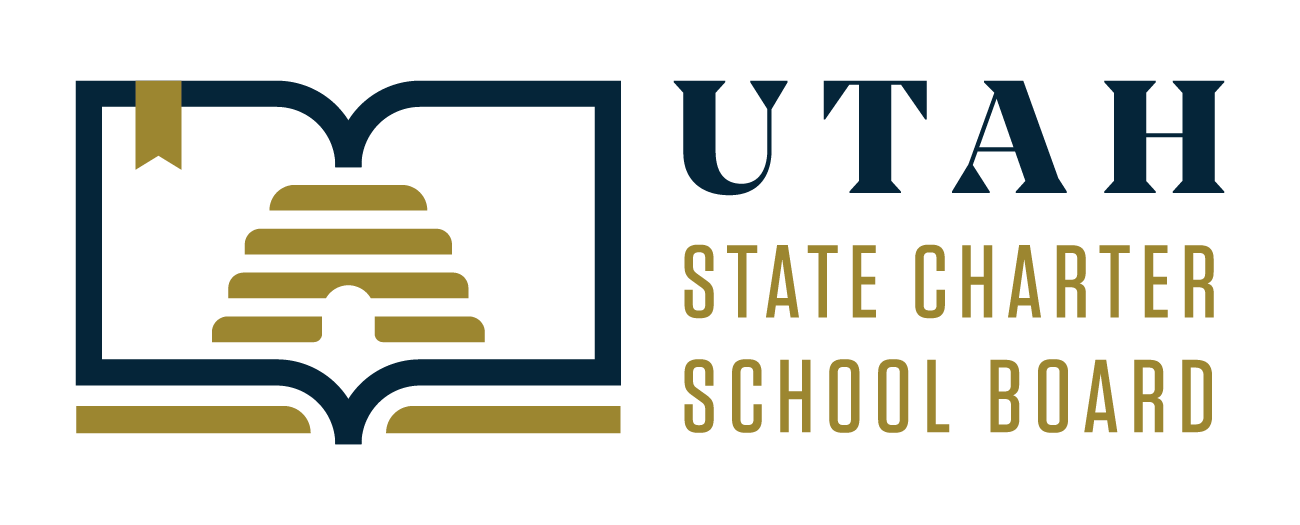CHARTER APPLICATIONS
The Utah State Charter School Board (SCSB) is a charter authorizer approved by the Utah State Legislature to bring charter schools into existence. Authorizers set up application processes and make decisions on new charter school applications.
ARE YOU CURRENTLY APPLYING FOR A NEW CHARTER SCHOOL?
EXPANSIONS AND SATELLITES
Is your school looking to expand? Expansion means a proposed increase of students and/or changing the grade your school serves. A small expansion is for fifty or fewer students, would not necessitate renovation, and is for no more than one additional grade. A satellite school refers to a charter school affiliated with an operating charter school. It shares the same charter school governing board and a similar program of instruction but possesses a different school number than the affiliated charter school.
Applications presented during August SCSB Board Meeting.
Applications presented during January SCSB Board Meeting.
ARTICULATION AGREEMENTS
The purpose of the Articulation Agreement Request is to provide a process for charter school governing boards to request an articulation agreement with each other. The Articulation Agreement is based on UCA§53G-6-502 which permits a charter school to give an enrollment preference to a student articulating from one charter school to another pursuant to an articulation agreement between the charter schools that is approved by the State Charter School Board.
OTHER
Want to know more about charter applications?
Connect with us here

